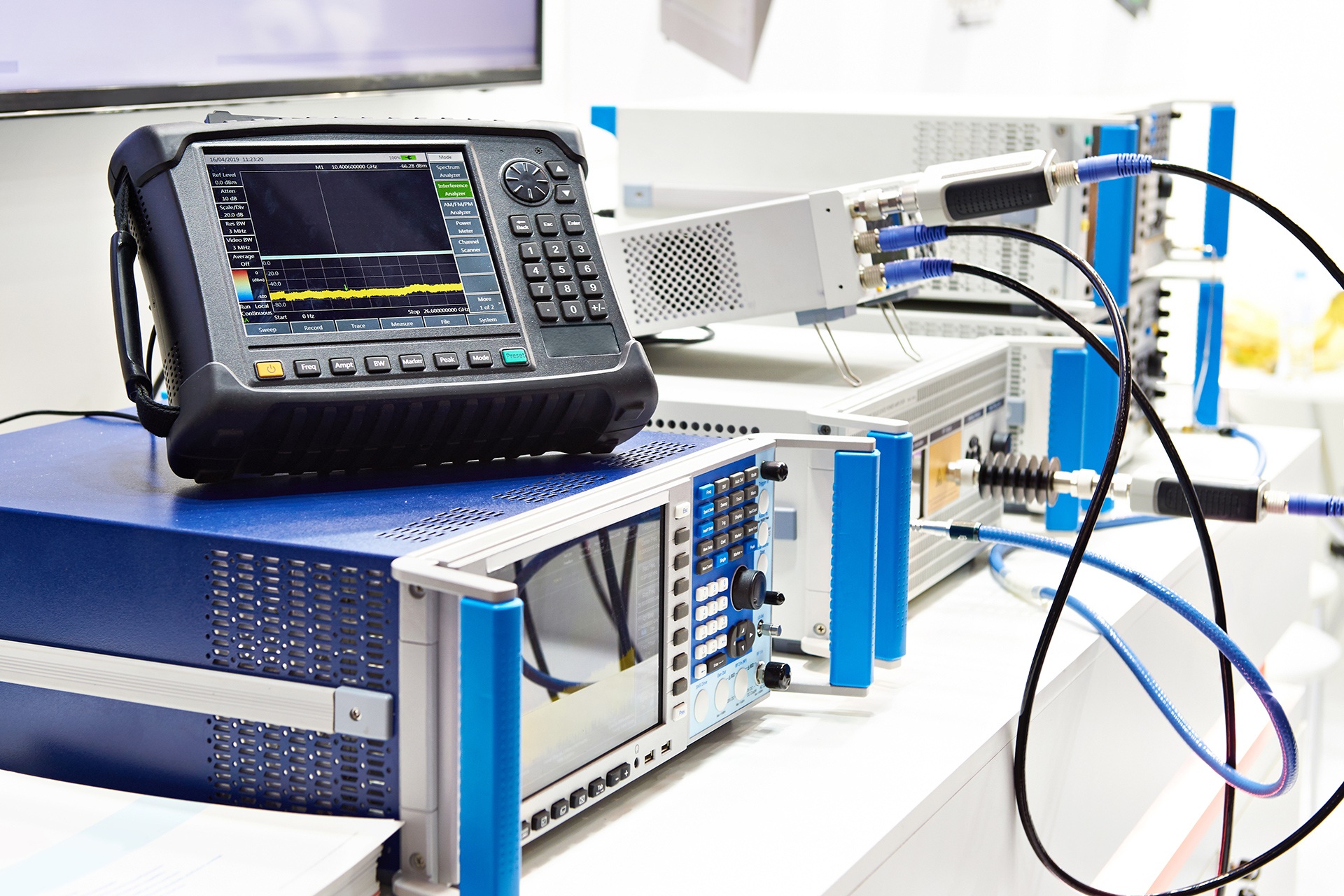You've probably listened to the terms calibration, confirmation, and adjustment utilized interchangeably in your work environment, but they're really three distinct processes that offer various purposes in maintaining measurement precision. If you are in charge of quality assurance or instrument management, blending these ideas might bring about compliance concerns, expensive mistakes, and undependable data. Recognizing when to utilize each process-- and why-- can change how your company comes close to measurement integrity and regulative compliance.What Is Calibration and Why Does It Matter?Precision drives every dependable measurement system, yet also one of the most innovative instruments drift from their designated precision with time. That's where calibration ends up being essential.You're basically comparing your test and measurement instruments against recognized reference criteria to identify their precision. This process does not entail making changes-- it's purely about documenting how your equipment does versus developed benchmarks.Calibration matters due to the precision instrument calibration fact that it ensures measurement traceability to nationwide standards, which is critical for maintaining quality in your operations. When you work with recognized calibration laboratories following ISO IEC requirements, you're developing confidence in your data.This documents ends up being vital for regulative compliance and quality assurance programs. Unlike confirmation or adjustment, calibration gives the fundamental expertise concerning your instrument's current performance status.The Duty of
Verification in Quality Control While calibration tells you exactly how your instrument carries out, verification confirms whether that performance meets your certain requirements.You'll use confirmation as a quality control checkpoint to ensure your instruments preserve acceptable precision levels in between official calibration services. This process includes comparing your instrument's measurements against understood standards to verify it's still running within your established tolerances.Unlike certified calibration, confirmation doesn't need comprehensive documentation
or certificates. You're just verifying your testing instruments haven't drifted past acceptable limits.This structured process assists you capture measurement concerns early, stopping pricey quality troubles downstream. By carrying out normal verification routines, you'll keep self-confidence in your measurement process while prolonging intervals between formal calibrations.Verification functions as your initial line of protection in maintaining measurement integrity.When and Exactly how to Carry Out Instrument Adjustments When your verification results program measurements falling outside acceptable resistances, you'll require to perform instrument adjustments to recover accuracy.These adjustments involve physical or digital adjustments to your measuring equipment to bring readings back within specifications.Before making adjustments, you'll intend to determine the root cause of discrepancies with systematic troubleshooting.Document all modification procedures and validate results immediately afterward.If your instruments require complex changes past your capabilities, contact accredited instrument calibration services or calibration and repair services.Professional excellent quality calibration services offer ISO IEC accredited calibration with extensive customer services support.They'll do precise adjustments making use of certified reference criteria, guaranteeing your precision measurements satisfy industry requirements.Key Distinctions Between These Three Crucial Processes Although these 3 processes collaborate to make certain measurement precision, calibration, verification, and adjustment
serve definitely various purposes in your quality control system.Calibration services develop traceability by contrasting your measuring equipment
against certified referral criteria, usually executed by accredited calibration laboratories complying with ISO 17025 requirements.Verification verifies your laboratory instrument fulfills specified tolerances without making modifications, basically inspecting if it's still within acceptable limits.Adjustment entails literally modifying your equipment's setups to remedy variances and restore accuracy.You'll need recognized calibration for legal compliance and precision measurements, confirmation for routine quality checks, and modification just when measurements wander past specifications.Quality calibration services take care of the facility traceability requirements, while you can commonly do verification and change in-house for your test and measurement activities.Best Practices for Implementation in Your Organization Since your organization's measurement precision depends upon systematic implementation, you'll require to develop clear methods that specify when and just how to perform calibration, confirmation, and adjustment activities.Start by partnering with certified calibration services that satisfy your industry's compliance needs. Develop recorded procedures specifying measurement periods, precision tolerances, and choice standards for each and every process.Train your team to recognize
when verification verifies acceptable performance versus when change ends up being necessary. Implement a robust metrology management system that tracks instrument backgrounds and routines precautionary maintenance.Establish clear functions and obligations, guaranteeing personnel understand these aren't compatible processes.Following these best techniques

ensures your company maintains measurement stability while enhancing costs and decreasing downtime through calculated implementation of all 3 critical processes.Conclusion You'll accomplish ideal instrument efficiency by executing calibration, confirmation, and change as corresponding procedures as opposed to standalone tasks. Do not treat them mutually-- each offers an unique objective in your quality management system. You're constructing measurement confidence with calibration's traceability, verification's recognition, and adjustment's precision modifications. Begin mechanical calibration documenting these processes systematically, and you'll keep governing compliance while avoiding pricey quality concerns that can impact your organization's online reputation and bottom line.